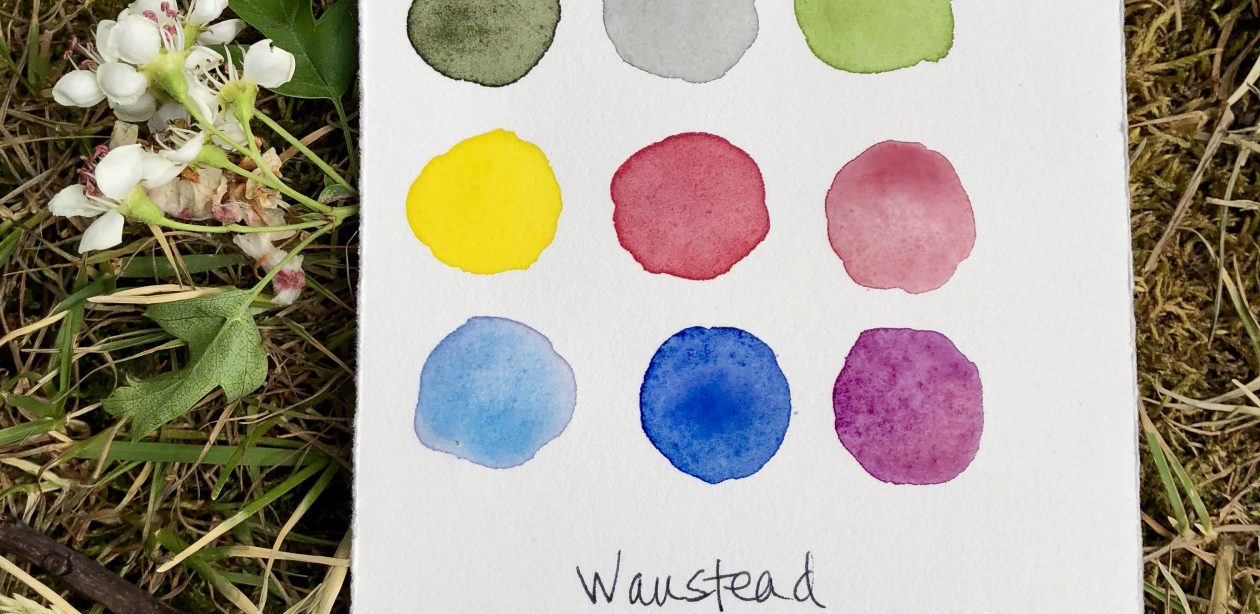The World Series extending into November… spring training AND the the Super Bowl in February… tennis played every month except December… football in August?! This is messed up! Maybe not as bad as the financial markets, but professional sports need some oversight. Just like President Obama appointed a pay czar, he needs to appoint a sports czar. And yes, I’m putting my name forward as a candidate with vision.
Sports are seasonal. Baseball is summer. Football is fall. Basketball is winter into spring. It’s perfectly fine to have the playoffs extend to the first month of the next season, but not beyond that. Extended seasons dilute the sport and overlapping seasons don’t allow for fans to be as engaged. I can’t tell you how many times I’ve heard – baseball in November?! WTF?!
So I’m modeling my new calendar after the wisdom of the seasonal food movement where we eat blueberries in summer, apples in fall, citrus in winter. Through that model we look forward to those foods. They aren’t passed over, but celebrated. Sports should be similarly focused upon and celebrated.
I’m beginning with some changes to my four favorite sports:
• Baseball – mid-April to mid-September with the world series in early to mid-October
• Football – September to December with playoffs in January
• Basketball – January to April with playoffs in May and June
• Tennis – February to November
Mr. President – I’m awaiting your call! (hee hee!)














